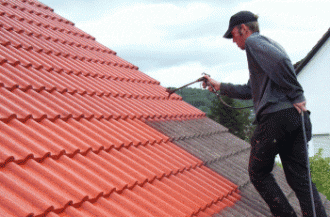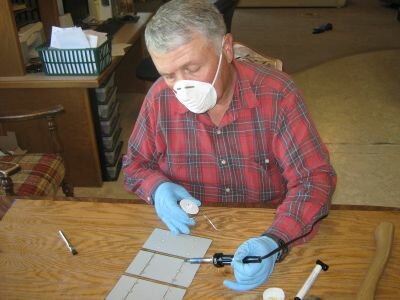
Before you start construction of a new home, you must keep in mind that planning to have an energy efficient home has to be done in the beginning. It cannot be implemented later or as it will not give the best performance.
It needs careful evaluation of the building site and also the climatic condition of that particular area to get best results and the design has to be made accordingly. There are many software programs available which are energy related and can assist you a lot.
The main points of consideration are the latitude of the Sun which has direct effect on the heating or cooling requirement of your home. The placement of windows will determine the maximum solar gain in the winter months and reduce the heat in the summer months.
You may have to take into consideration about the outdoor which may have effect on the direct sunlight. The wind direction is another aspect which has to be taken into the consideration, as winds have direct effect on cooling as well as heating during the different seasons.
If the wind comes from the direction where there is good snowfall, you will get cold winter winds or receive cool summer breeze. You will have to see the natural drainage pattern and include a design which will fit the natural drainage. This will ensure maximum water supply and also prevent future water damage.
A well designed and well-constructed energy efficient home reduces the use of natural resources which will have direct effect on the future operational costs and also the construction material required to build the home.
Other points which require your consideration are location of rooms and spaces with low HVAC. You can also consider limiting the number of windows on the north side of the home and also in the service rooms. You must have operable windows to provide cross ventilation in the warmer summer months. You must also see that maximum daylight is available in all the rooms which will significantly reduce the use of electricity for lighting the rooms.

Since energy efficient homes have very little cooling or heating requirements, you can accurately design the mechanical system. Oversized mechanical systems are more expensive to install and operate and also require very high maintenance.
HVAC systems should be located centrally to reduce the ductwork as this will save you of unnecessary expenses. The construction of home needs lot of planning and hard work, any small mistake can cost you lot of money as it will be very difficult to alter the design after the construction is over.
The wall-sealed thermal envelope which retains the heat in the cold months and cool thermal mass in the summer. The most acceptable and popular technique is ICF also known as Insulated Form Construction. This technique has been very popular because it reduces the heating and cooling costs considerably, it also reduces moisture levels, maximizes structural strength against the hurricane and tornado winds, this has also fourfold security against fire.



